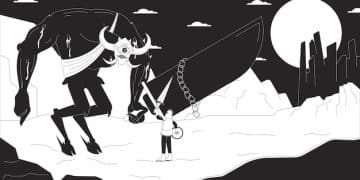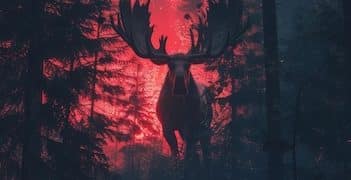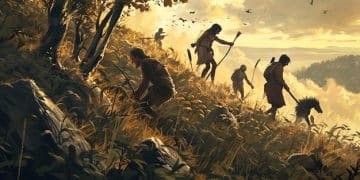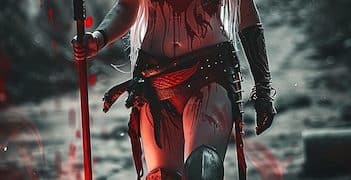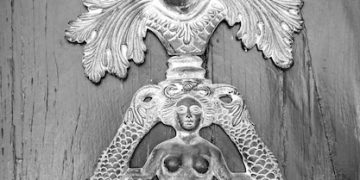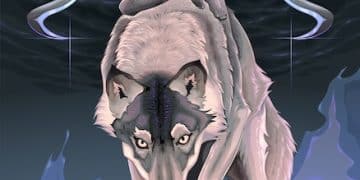The Witcher’s Moral Maze: Exploring Lesser Evils in Humans and Monsters
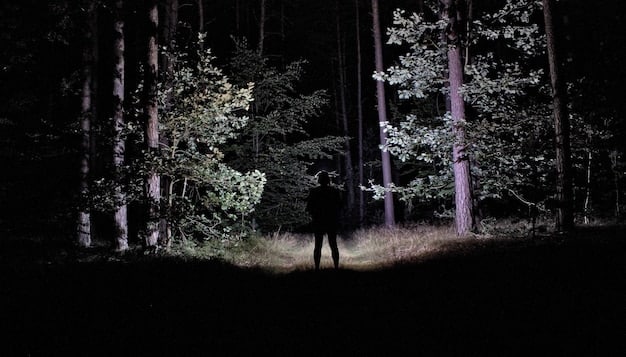
The Lesser Evils: Examining the Moral Ambiguity of Monsters and Humans in the Witcher Universe delves into the ethical complexities presented within the world of the Witcher, challenging the notion that monsters are inherently evil and humans are paragons of virtue.
The world of The Witcher is not as simple as humans versus monster. In fact, through The Lesser Evils: Examining the Moral Ambiguity of Monsters and Humans in the Witcher Universe, it is clear that morality is more complex than we could have ever imagined.
The Shifting Sands of Morality in the Witcher
The Witcher universe, created by Andrzej Sapkowski and popularized by CD Projekt Red’s video game series, presents a world rife with moral ambiguities. Contrary to traditional fantasy narratives, the lines between good and evil are blurred, forcing characters and players alike to confront uncomfortable truths about humanity and monstrosity. This section explores how the Witcher subverts conventional morality, setting the stage for a deeper examination of “lesser evils.”
Deconstructing the Heroic Narrative
Traditional fantasy often casts heroes as unambiguously good, fighting against clearly defined evil. The Witcher, however, rejects this simplicity. Geralt of Rivia, the protagonist, is a monster hunter for hire, often forced to make choices that have far-reaching and morally questionable consequences.
- Geralt frequently encounters situations where the “monsters” are victims of circumstance or prejudice, while humans exhibit cruelty and malice.
- This challenges players to question their preconceived notions of good and evil, urging them to consider the context and motivations behind actions.
- The narrative complexity forces players to confront their own biases and ethical frameworks.
Ultimately, The Witcher challenges you to think critically about those you are fighting, and if they are truly ‘monsters’ at all.
Humanity’s Capacity for Monstrosity
One of the central themes explored in The Witcher is humanity’s capacity for cruelty and evil. The games and books consistently depict humans as capable of far greater horrors than the monsters Geralt hunts. This exploration of human darkness challenges the traditional heroic narrative, asking whether the true monsters are the ones with fangs and claws, or the ones who walk among us.
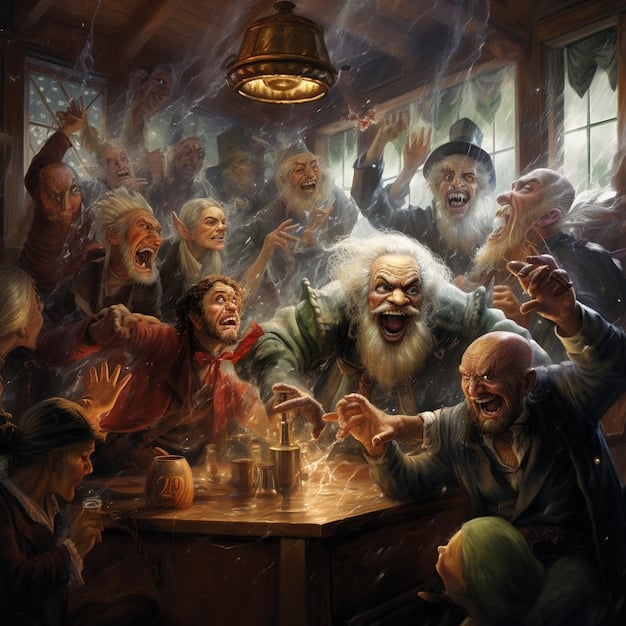
The Terrors of Prejudice and Intolerance
Prejudice and intolerance are rampant in the Witcher’s world, leading to persecution, violence, and systemic oppression. Non-humans, such as elves and dwarves, are often subjected to discrimination and violence, driven by fear and ignorance.
The games often highlight the plight of non-humans, portraying their struggles for survival and equality in a world dominated by humans. This sheds light on real-world issues of prejudice and discrimination, prompting players to reflect on their own biases and assumptions.
Power, Corruption, and Moral Decay
The Witcher also examines the corrupting influence of power, highlighting how political ambition and personal greed can lead to moral decay. Throughout the books and games, powerful individuals abuse their authority, exploiting and oppressing those beneath them.
- Kings and nobles engage in ruthless power plays, often at the expense of their subjects.
- Mages and sorceresses manipulate events from behind the scenes, prioritizing their own interests above the well-being of others.
- The games confront players with the consequences of unchecked power, forcing them to consider the ethical implications of their own choices.
It is not surprising to find humans committing terrible things in the story, because that is how their story has evolved over time.
Monsters with a Code: The Nuances of Bestial Behavior
While humans commit atrocities, the Witcher’s monsters, often misunderstood and demonized, display surprising nuances in their behavior. The Witcher challenges the traditional notion of monsters as purely evil creatures, revealing instances where they exhibit intelligence, self-preservation instincts, and even a sense of morality.
Beyond Bloodlust: Intelligence and Instincts
Many monsters in the Witcher universe are not mindless beasts driven solely by bloodlust. They possess a certain level of intelligence, adapting their behavior to survive and thrive. Some monsters communicate and cooperate with each other, displaying complex social structures.
Monsters as Victims of Circumstance
The Witcher also explores the tragic circumstances that drive some monsters to attack humans. Often, they are victims of human expansion, pollution, or magical experiments that have warped their nature. These stories challenge us to look beyond the monster’s terrifying exterior and consider the factors contributing to their behavior.
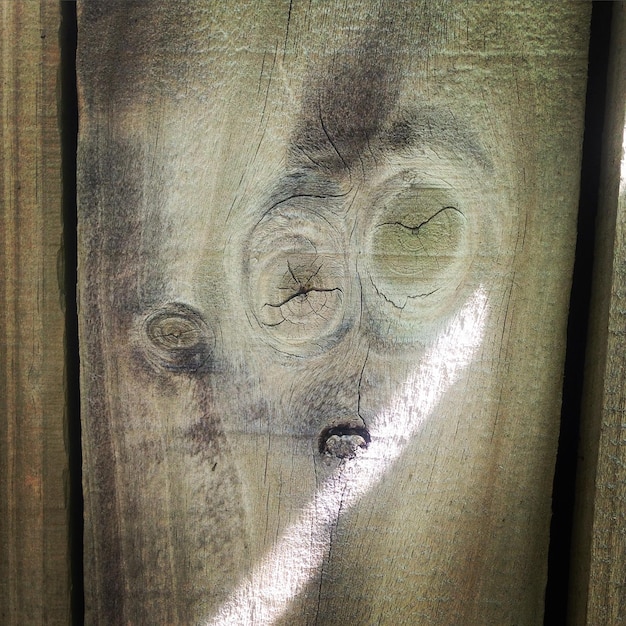
Geralt: The Reluctant Arbiter of Morality
Geralt of Rivia, the Witcher himself, is at the heart of this moral ambiguity. As a monster hunter, he is tasked with protecting humans from dangerous creatures, but his journey is far more complex than simply slaying beasts. His actions force him to take a hard look at morality and make hard choices that he may or may not agree with.
The Witcher’s Code: A Shifting Guideline
Geralt adheres to a Witcher’s code, a set of principles that guide his actions. However, this code is deliberately ambiguous, forcing him to interpret its meaning in each unique situation. This ambiguity reflects the larger moral uncertainty of the Witcher’s world, where clear-cut solutions are rare.
- Geralt often finds himself weighing competing interests, forced to choose between protecting humans and sparing a monster that poses no immediate threat.
- He confronts corrupt officials, opportunistic merchants, and vengeful peasants, each driven by their own agendas.
- In these cases, Geralt is not a hero dispensing justice, but an individual making difficult choices in a world of moral compromise.
Because of this ambiguity, there are people who adore and hate him, as is with all of the characters in the Witcher.
The Lesser Evil: Choosing Between Bad and Worse
The concept of the “lesser evil” is a recurring theme in The Witcher. Geralt is often faced with situations where all available options are morally reprehensible, forcing him to choose the outcome that will cause the least harm.
Navigating Impossible Choices
The Witcher games, in particular, excel at presenting players with morally gray decisions. These choices often involve conflicting interests, forcing players to weigh the consequences of their actions on various individuals and communities. Making hard choices can be difficult but it is the only way to persevere.
There are choices such as siding with a murderous gang or allowing a village to be terrorized by monsters, neither option is appealing, but the Witcher must choose the least destructive path.
Redefining “Good” in a World of Gray
In the Witcher’s world, the notion of “good” is constantly challenged. Geralt and the player must redefine their understanding of morality, recognizing that even the best intentions can have unintended and disastrous consequences.
The Witcher encourages critical thinking, challenging players to question their own values and assumptions. There will always be a new challenge ahead.
The Enduring Appeal of Moral Ambiguity
The Witcher’s exploration of moral ambiguity is a key element to its enduring appeal. The games and books resonate with audiences because they reflect the complexities of the real world, where easy answers are rare and ethical dilemmas are commonplace.
By challenging traditional notions of good and evil, The Witcher invites players to engage with difficult questions and to consider the consequences of their actions. It is also a reflection on the world we unfortunately live in as well.
| Key Point | Brief Description |
|---|---|
| ⚔️ Moral Ambiguity | Humans and monsters blur the lines between good and evil. |
| ⚖️ Lesser Evil Choices | Geralt often faces choosing the least harmful option in grim situations. |
| 👹 Humanity’s Dark Side | Humans can be more monstrous than the creatures Geralt hunts. |
| 🐺 Geralt’s Role | Geralt acts as a moral compass in a world filled with shades of gray. |
Frequently Asked Questions
▼
Not necessarily. While some are driven by instinct or malevolence, others are victims of circumstance, misunderstood, or even possess a code of honor. The Witcher universe challenges the idea of simple good and evil.
▼
No, humans are often depicted as cruel, prejudiced, and driven by self-interest. The games and books highlight humanity’s capacity for monstrous behavior, sometimes surpassing that of the creatures Geralt hunts.
▼
It refers to situations where all available choices are morally problematic, forcing Geralt to select the option that will cause the least harm. It underscores the idea that sometimes, there are no easy or “good” solutions.
▼
Geralt’s actions, guided by a flexible code and personal judgment, place him in complex moral situations. He’s not a typical hero, and his decisions often have far-reaching and unforeseen consequences, highlighting the shades of gray.
▼
It reflects the complexities of real-world ethical dilemmas. By showcasing situations where there are no easy answers, The Witcher invites critical thinking and challenges players to examine their own values and beliefs.
Conclusion
In conclusion, The Witcher’s universe offers a complex and compelling exploration of morality, questioning the traditional heroic fantasy narratives, and reminding players everywhere that humanity and monstrosity are not so different after all.
